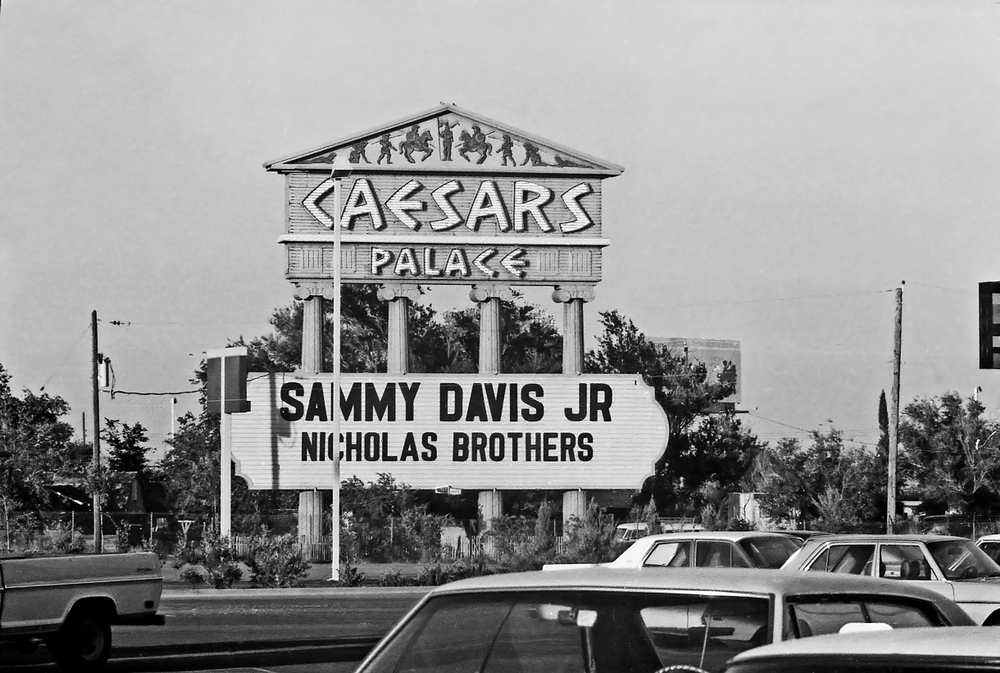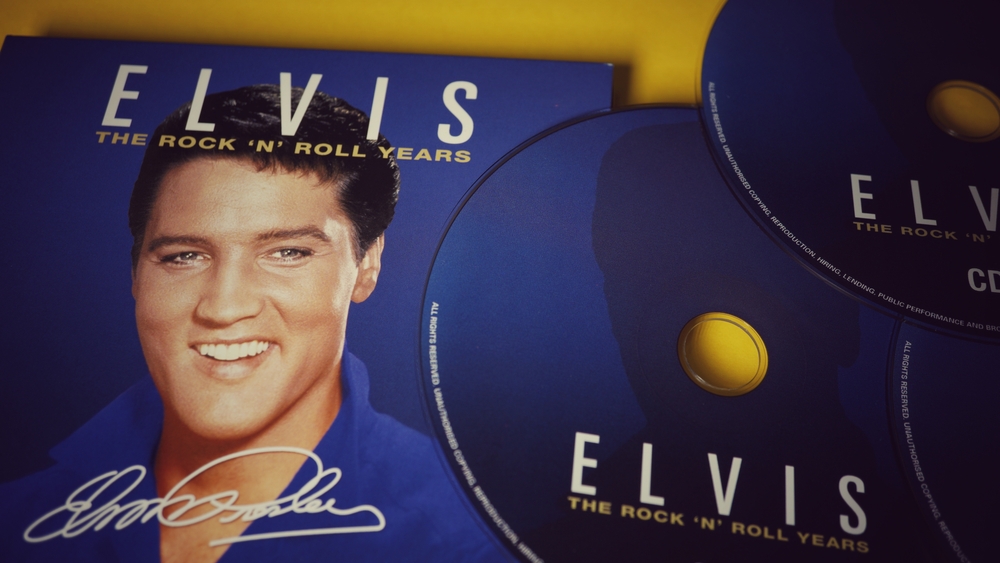The Development of Las Vegas as a Tourist Destination
When you first hear “Las Vegas,” what first comes to mind? Bright lights? Gambling? Sin City? Unusual things to do in Vegas? That's just the surface.
Las Vegas has a deep history that’s more than showgirls and casinos. For over a century, the city has transformed itself to become a top global destination for tourism. It has come a long way to be labeled the “Entertainment Capital of the World.”
And today, I will tell you how Las Vegas developed into a top tourist destination.

In 1931, only about 5,000 people lived in Las Vegas. Today, over 2 million people live in Clark County. This population boom has a direct correlation to the phenomenal growth of gambling.
Gaming had been illegalized in 1910. But when it was re-legalized in 1931, it laid the cornerstone upon which the Vegas economy was built. This transformed the sleepy railroad watering stop into one of the most popular tourist destinations in the world.
Soon after the passage of the bill, casinos began to pop up. The first one was Meadows, which came up in 1931. Eventually, the Strip was born, and El Rancho was built. In the next three decades, the Strip's signature casinos rose. They included the Flamingo, Last Frontier, the Sands, the Riviera, Caesars Palace, Dunes, Circus Circus, and the Sahara.
Some fell in the 90s, like Dunes and the Sands, but most were imploded to make way for the larger and fancier resorts.
Billionaire Kerkorian built the International Hotel in 1969. It became the Las Vegas Hilton. He also opened the MGM Grand, which cost over $1 billion to build and was the largest hotel in the world in the early 90s.
Steve Wynn ushered in the era of megaresorts in the 80s by building the Mirage. He then built the $1.7 billion Bellagio as well as Treasure Island. He bought Desert Inn, which he imploded to build the Wynn Las Vegas.
Entertainers also contributed to the development of Vegas as a tourist destination.
It was in 1960 that the entertainment landscape of Las Vegas began to change. El Rancho brought in a troupe of tuxedoed headliners called the Rat Pack. It was led by Frank Sinatra and included big names like Sammy Davis Jr., Dean Martin, actor Peter Lawford, and comedian Joey Bishop.
It was actually the Rat Pack that vaulted Las Vegas into the spotlight, triggering it to become the Entertainment Capital of the World. For several decades, they performed both as a group and as individual headliners in the major showrooms of the city. When Sinatra passed away in 1998, the entire Strip dimmed its lights.
The Rat Pack paved the way for the major acts that came later on. For example, Siegfried & Roy, Wayne Newton, the Beatles, and Liberace followed suit. When Elvis Presley debuted in Vegas, he received a lukewarm welcome but was later revered.
The land contributes immensely to Las Vegas as a tourist destination because we are surrounded by wide-open federal and desert space. Visit Hoover Dam, which generates affordable electricity for the city, or the countless natural attractions like Death Valley, Red Rock Canyon, Lake Mead, and many more,
Las Vegas has a deep history that’s more than showgirls and casinos. For over a century, the city has transformed itself to become a top global destination for tourism. It has come a long way to be labeled the “Entertainment Capital of the World.”
And today, I will tell you how Las Vegas developed into a top tourist destination.

Resorts and Gamers
In 1931, only about 5,000 people lived in Las Vegas. Today, over 2 million people live in Clark County. This population boom has a direct correlation to the phenomenal growth of gambling.
Gaming had been illegalized in 1910. But when it was re-legalized in 1931, it laid the cornerstone upon which the Vegas economy was built. This transformed the sleepy railroad watering stop into one of the most popular tourist destinations in the world.
Soon after the passage of the bill, casinos began to pop up. The first one was Meadows, which came up in 1931. Eventually, the Strip was born, and El Rancho was built. In the next three decades, the Strip's signature casinos rose. They included the Flamingo, Last Frontier, the Sands, the Riviera, Caesars Palace, Dunes, Circus Circus, and the Sahara.
Some fell in the 90s, like Dunes and the Sands, but most were imploded to make way for the larger and fancier resorts.
Billionaire Kerkorian built the International Hotel in 1969. It became the Las Vegas Hilton. He also opened the MGM Grand, which cost over $1 billion to build and was the largest hotel in the world in the early 90s.
Steve Wynn ushered in the era of megaresorts in the 80s by building the Mirage. He then built the $1.7 billion Bellagio as well as Treasure Island. He bought Desert Inn, which he imploded to build the Wynn Las Vegas.
The Entertainers
Entertainers also contributed to the development of Vegas as a tourist destination.
It was in 1960 that the entertainment landscape of Las Vegas began to change. El Rancho brought in a troupe of tuxedoed headliners called the Rat Pack. It was led by Frank Sinatra and included big names like Sammy Davis Jr., Dean Martin, actor Peter Lawford, and comedian Joey Bishop.
It was actually the Rat Pack that vaulted Las Vegas into the spotlight, triggering it to become the Entertainment Capital of the World. For several decades, they performed both as a group and as individual headliners in the major showrooms of the city. When Sinatra passed away in 1998, the entire Strip dimmed its lights.
The Rat Pack paved the way for the major acts that came later on. For example, Siegfried & Roy, Wayne Newton, the Beatles, and Liberace followed suit. When Elvis Presley debuted in Vegas, he received a lukewarm welcome but was later revered.
The Land
The land contributes immensely to Las Vegas as a tourist destination because we are surrounded by wide-open federal and desert space. Visit Hoover Dam, which generates affordable electricity for the city, or the countless natural attractions like Death Valley, Red Rock Canyon, Lake Mead, and many more,
